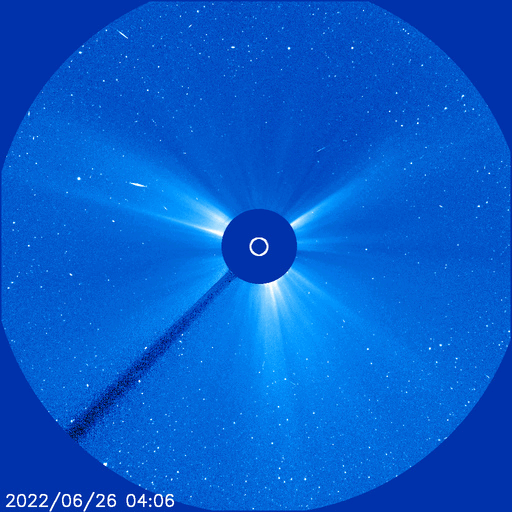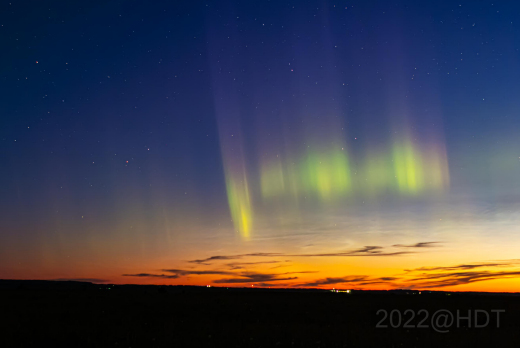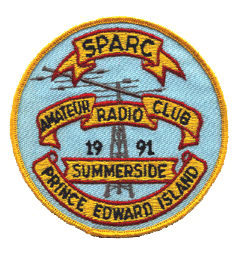SFI = 102
A index = 22
K index = 4
SSN = 31
SCHRÖDINGER’S CME: Yesterday, June 26th, a bright CME billowed away from the sun’s southern hemisphere. The strange thing is, analysts aren’t certain which side of the sun it came from. Some clues suggest far side, others Earthside. If it is an Earthside event, it could reach us late on June 28th or June 29th.

NOAA STI
:Product: Geophysical Alert Message wwv.txt
:Issued: 2022 Jun 27 0605 UTC
# Prepared by the US Dept. of Commerce, NOAA, Space Weather Prediction Center
#
# Geophysical Alert Message
#
Solar-terrestrial indices for 26 June follow.
Solar flux 102 and estimated planetary A-index 22.
The estimated planetary K-index at 0600 UTC on 27 June was 4.
No space weather storms were observed for the past 24 hours.
No space weather storms are predicted for the next 24 hours.
NOAA Alerts
Space Weather Message Code: ALTEF3
Serial Number: 3253
Issue Time: 2022 Jun 27 0627 UTC
CONTINUED ALERT: Electron 2MeV Integral Flux exceeded 1000pfu
Continuation of Serial Number: 3252
Begin Time: 2022 Jun 25 1410 UTC
Yesterday Maximum 2MeV Flux: 1149 pfu
NOAA Space Weather Scale descriptions can be found at
www.swpc.noaa.gov/noaa-scales-explanation
Potential Impacts: Satellite systems may experience significant charging resulting in increased risk to satellite systems.
MIDSUMMER AURORAS: Normally, summer is not a good time of year to see Northern Lights. Nights are short and barely dark enough to reveal the delicate glow of geomagnetic activity. Yet, on June 26th, there it was:  “Wow, talk about surprises!” says photographer Harlan Thomas of Calgary, Alberta. “I went out to shoot Comet C/2017 K2 Panstarrs and the Moon-Venus conjunction when these auroras appeared. The display lasted all of 5 minutes, and what a 5 min show it was as the aurora became naked eye with beautiful pillars.”What caused the display? A co-rotating interaction region (CIR) hit Earth. CIRs are transition zones between slow- and fast-moving streams of solar wind. They contain strong magnetic fields and shock waves that do a good job sparking auroras–even during summer. The impact of this CIR caused a G1-class geomagnetic storm that lasted 6 hours. |
